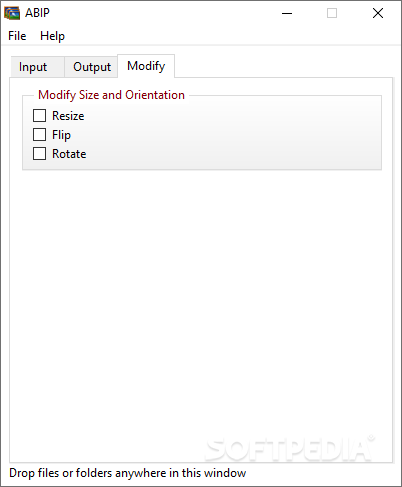
It is recommended to have no day to day user accounts in the Domain Admins group, the only exception is the default Domain Administrator account.ĭomain Admins are what the bad guys try to seek out. They can have access to the entire domain, all systems, all data, computers, laptops, and so on. Members of Domain Admins and other privileged groups are very powerful. Limit the use of Domain Admins and other Privileged Groups Now let’s dive into the list of Active Directory Security Best Practices. If they can get access to your computer or your login then they could potentially gain Full access to Active Directory and own your network.

In addition to vulnerabilities, it becomes very easy for hackers to just steal or obtain user credentials which then gives them access to your data. When accessing a document on the network, OneDrive, printing to the network printer, accessing the internet, checking your email, and so on, all of these resources often go through Active Directory to grant you access.Īctive Directory has been around for a long time and over the years malicious actors have discovered vulnerabilities in the system and ways to exploit them. Even in the cloud or hybrid environments, it can still be the centralized system that grants access to resources. In many organizations, Active Directory is the centralized system that authenticates and authorizes access to the network. Why Securing Active Directory is Essential Document delegation to Active Directory.Use latest ADFS and azure security features.Monitor DNS logs for malicious network activity.Monitor DHCP logs for connected devices.Use two factor for office 365 and remote access.Use secure DNS services to block malicious domains.
PHATCH PHOTO BATCH PROCESSOR WINDOWS PATCH
Patch management and vulnerability scanning.
PHATCH PHOTO BATCH PROCESSOR WINDOWS INSTALL

This is the most comprehensive list of Active Directory Security Best Practices online.


 0 kommentar(er)
0 kommentar(er)
